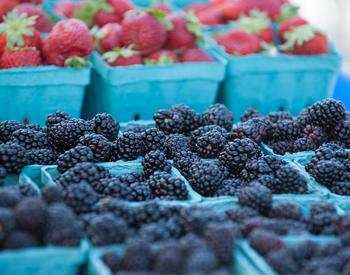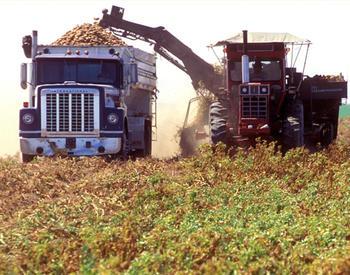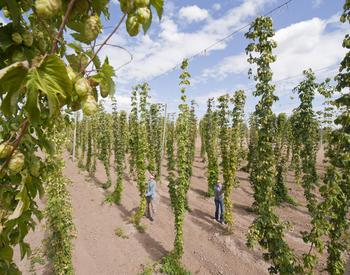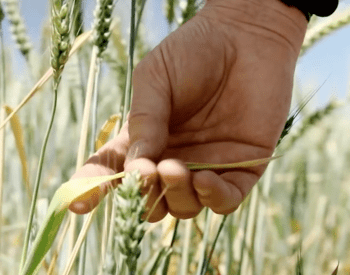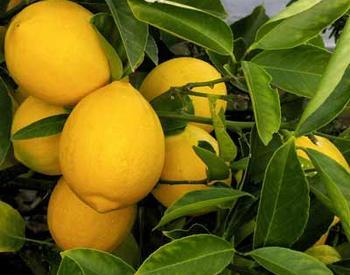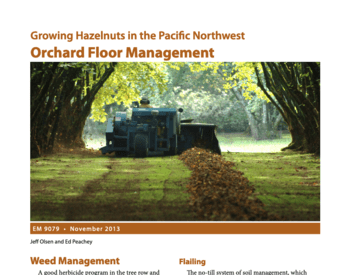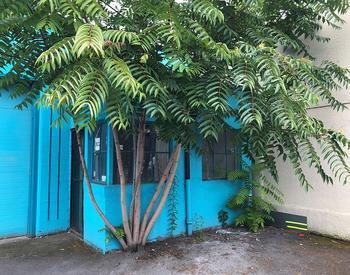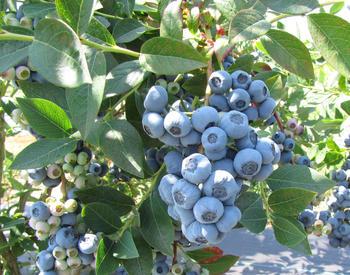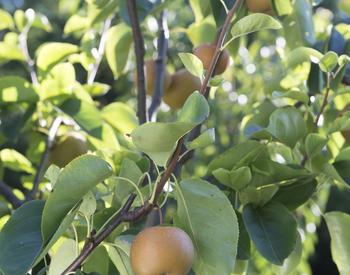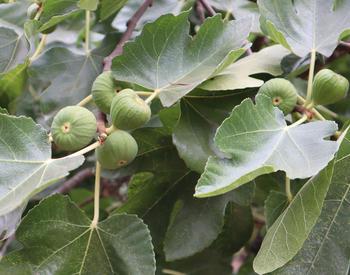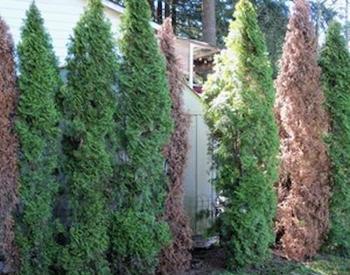CORVALLIS, Ore. – Although it's common to find strawberries in the garden that have turned brown, soft or fuzzy with gray mold, proper watering and yearly renovation can help stem the problem.
Strawberries can suffer gray mold, also known as Botrytis fruit rot. The berries might start showing symptoms when they flower. The petals and flowering stems turn brown and the entire blossom may die.
Symptoms are more common on the fruit and frequently develop at the stem end. The tissue turns light to medium brown. Lesions in younger, green or white fruit develop slowly. The fruit may be misshapen as it enlarges.
Fruit rot expands rapidly near harvest time, when the berries are turning red. In advanced stages, the fungus produces a gray mold over the fruit surface. Sometimes, rot may not develop until after the fruit is picked.
To keep gray mold in check or at least prevent it from getting worse, Oregon State University Extension plant pathologist Jay Pscheidt offers several strategies.
Space plants so they dry rapidly after rain and irrigation. Don't water from above. Drip irrigation is best. During the growing season, strawberry plants need about one inch of water a week. On sites with sandy soils or during very hot weather, plants may need more water.
Wet the soil to a depth of six to eight inches with each irrigation. Avoid applying so much water that the soil remains saturated for long periods. Standing water is harmful, even for a day or two.
Pick your berries every few days, especially during wet and warmer periods. Refrigerate ripe berries as soon as possible after harvest while removing and composting diseased ones.
Fertilize established strawberries in late summer to keep them vigorous and best able to withstand disease and to promote fall growth.
Spring fertilization results in excessive leaf growth and runner formation and doesn't promote more or larger berries. After harvest season, apply two to three pounds of 10-10-10 (or equivalent well-balanced fertilizer) per 100 square feet of row. Foliage should be dry when you apply the fertilizer.
You can maintain June-bearing strawberry plants for several fruiting seasons if you manage and renovate them after harvest. In Oregon, to avoid spreading gray mold to next year's June-bearing strawberries, renovate a June-bearing strawberry patch two to four weeks after the last harvest. Ever-bearing plants don't need to be renovated.
To renovate and stimulate next year's growth in June-bearers, remove the old leaves with a hedge clipper or mower after fruiting, being careful not to damage the crown. Do not remove old leaves on day-neutrals or ever bearers.
At the end of the season, remove all plantings that are no longer productive or lack vigor. If you want to plant a new strawberry bed, start it in another location. Gray mold is caused by a fungus that overwinters in old leaves, petioles and mummified fruit.
A publication about growing strawberries, EC 1307-E, "Growing Strawberries in Your Home Garden," can be found online.
